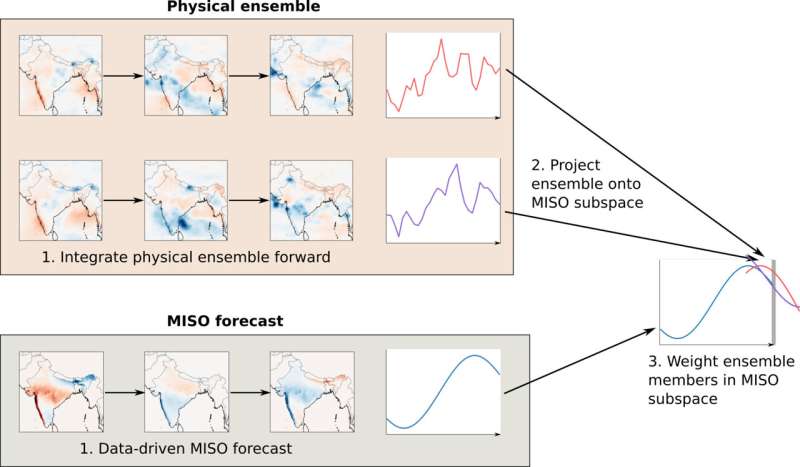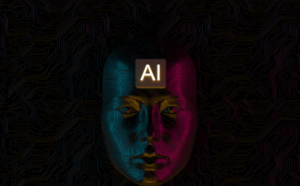Every year, the monsoon season brings heavy rain to over a billion people in South Asia, mainly between June and September. Rainfall during this time varies, with some weeks seeing a lot of rain and others very little. Knowing when these wet and dry periods will happen is crucial for farming and city planning. However, predicting the weather accurately beyond a few days is hard.
Now, scientists have developed a new way to predict monsoon rainfall better. This method uses artificial intelligence (AI), a type of computer technology that learns from data, to forecast rainfall 10 to 30 days ahead. This is a big improvement over current forecasts, which rely on mathematical models. Understanding the monsoon is important because it affects the global climate.

The research was led by Eviatar Bach, a scientist at Caltech, and his team. They published their findings in a scientific journal called the Proceedings of the National Academy of Sciences.
“Predicting the weather is tricky, especially because the atmosphere is always changing,” says Bach. “But by using AI, we can make better predictions, which is important for dealing with climate change.”
The new method combines AI with traditional weather models to better understand the patterns of monsoon rainfall. By doing this, the researchers were able to improve the accuracy of their predictions by up to 70%.
“In recent years, more scientists are using AI for weather prediction,” Bach explains. “Our research shows that combining AI with traditional methods can give us more accurate results.”
The study, titled “Improved subseasonal prediction of South Asian monsoon rainfall using data-driven forecasts of oscillatory modes,” involved researchers from various institutions, including George Mason University and the University of Maryland. This breakthrough could help farmers and city planners prepare for the monsoon season more effectively.
Source: Phys




